For local-business owners, the results of Google’s new Google+ Local tab will go well beyond the social network‘s increased social features. All the data compiled under the new tab — which is dedicated to providing information and ratings on local businesses — will be indexed by Google. The new Google+ Local pages will give businesses a better opportunity to be ranked in the search results, as well as the ability to harness social proof from their customers to drive internal Google+ recommendations and future business.
But to do so you’ll need to do more than simply sign up for a Google Places for Business listing. There are specific actions to take in order to maximize the local search engine optimization (SEO) benefits of the new Google+ Local for your website. Here’s a few to consider:
Related: Google+ Adds New Local Listings Tab for Businesses
• Claim both your old Google Pages listing (if you haven’t already) and your new Google+ Local page. Google+ Local listings are essentially replacing the old Pages listings. Because the transition hasn’t rolled out to all users yet, participating on both sites until the shift occurs can help insure that your online presence remains consistent.
• Link to your new Google+ Local page from your website. Doing so can get the ball rolling, conferring both a local SEO benefit to your business’s website, as well as the social boost you’ll secure by exposing your existing customers to your new Google+ Local web presence.
• Set up your Google+ account. Again, if you haven’t already done so, now’s the time to get active on Google’s social network. Set up your own personal profile, begin adding friends, family members and customers to your circles, and start sharing content on the site.
One of the biggest benefits to this transition will be the enhanced social sharing features available within the Google+ platform. You can only take advantage of this if you’re active on the network.
• Contact all Gmail users on your email lists. Filter your email marketing list to create a sub-list of subscribers with Gmail accounts, and then send this group a message informing readers of your new Google+ Local page. Politely request that they “+1” your page or add you to their circles, as social signals like these are playing a larger role in SEO than ever.
• Move forward with traditional local SEO best practices. As of now, it doesn’t appear that this interface update has significantly impacted the organization of the search engine results pages. So while it’s important to undertake the actions described above to maximize your local SEO benefits, it’s also a good idea to press forward with any existing marketing campaigns that follow current industry best practices.
Related: What You Need to Know About the New Google Plus Design
Have you set up your Google+ Local page yet? If so, have you seen any effect on SEO? Share your thoughts in the comments section below.


